“I say good morning to them as I go down the stairs, and in the diningroom, I say ‘Hi guys’.”
Alison Margaret Cooke-Hurle, also known as Lady Rosse, is talking about the many portraits of her husband’s ancestors that hang in their home. Her husband is Lord Rosse of Birr Castle – William Clere Leonard Brendan Parsons, the seventh Earl of Rosse. The Parsons family are marking 400 years of residence in Birr this year.
Her name is Alison, but she doesn’t ask me to call her that on the day I visit Birr Castle. She’s introduced as Lady Rosse, but perhaps when you live in a residence with north of 80 rooms, your title is part of who you are.
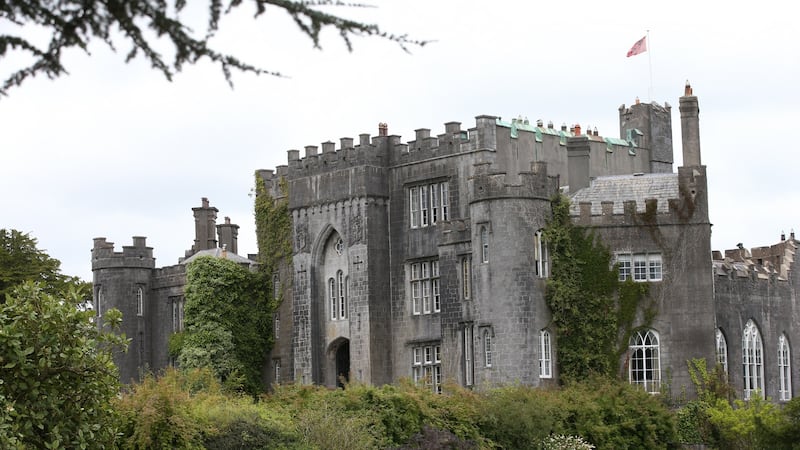
“There are probably about 80 rooms, but not as many as you’d think, as some of them are quite large,” she says. When their daughter Alicia was a child, she recalls, Alicia counted not sheep to fall asleep, but the number of rooms in their house. “She always fell asleep in a different room,” Lady Rosse says.
Lady Rosse, originally from Barnard Castle in Yorkshire –a place now familiar to us from Dominic Cummings’s recent controversial trip there – first came to Birr when she was 19. She had met her future husband at Oxford, where she was doing a secretarial course. “We ran into each other again in London, at Notting Hill Gate Tube station of all places. He said, ‘I’m having some people to drinks and will you come round?’”

We’re sitting chatting in the castle’s music room, where there is both a harp and grand piano, and a large fireplace. There are more ancestors on the walls here, and several beautiful pieces of furniture and artifacts brought into the house by her long-dead relatives.
In an adjacent room is perhaps the most arresting family artifact of all. It’s a wax bust of Queen Victoria as a 12-year-old child. On its head is the long-dead Queen’s actual brown hair. When the current Rosses inherited, Lord Rosse found a receipt in the safe for an item loaned to the National Museum of Ireland. When they went to retrieve the unknown object, this hirsute wax object is what emerged from storage.
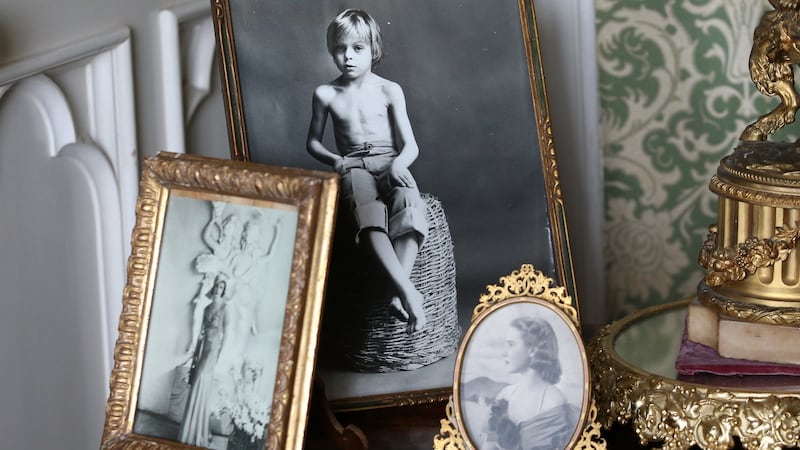
We’ve already been into the room which holds the astonishing family archive; a room which has the only complete Jacobean frieze in Ireland. Once a smoking room, it now holds floor-to-ceiling carefully catalogued archive boxes. My gaze randomly lands on a box labelled “Bright Young Things”. This box, it turns out, is full of letters to Lady Rosse’s father-in-law from his contemporaries at Oxford. There’s a large envelope of letters alone from novelist Evelyn Waugh.
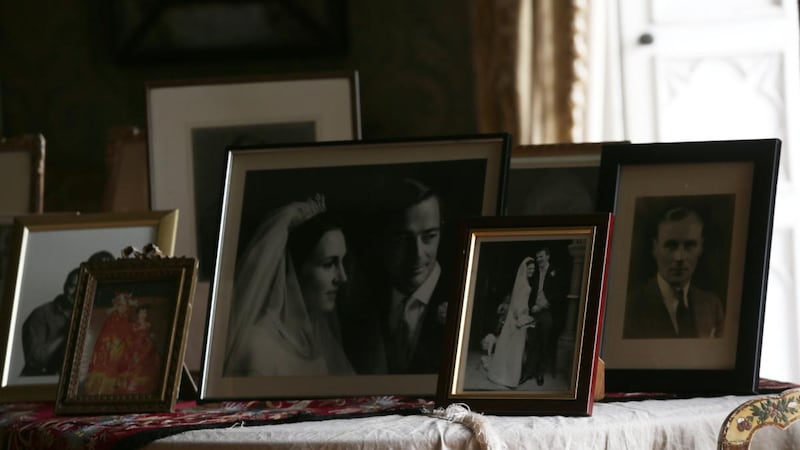
In the diningroom, some additional pieces from the archive have been laid out on one of the tables. There’s the visitors’ book, which guests “who wish to see the observatory and instruments are required to write their names in”. The first signature is by Charles Babbage, dated September 9th, 1850. Babbage, an inventor, philosopher and mathematician, invented the first automatic digital computer.
You do sometimes feel like a museum curator
The book is still in use, and continues to be signed by people who come to Birr for reasons of science and research, although their handwriting, often in biro, is far less characterful than Babbage’s untidy ink copperplate.
“You do sometimes feel like a museum curator,” Lady Rosse says. “There are so many beautiful things that one has to look after and show them to people.”
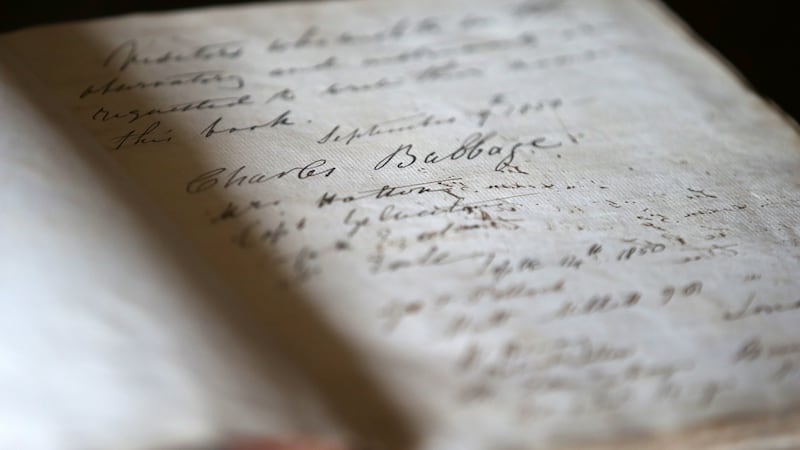
Parts of the house have been open to the public in recent years. They don’t rope off areas, a practice she dislikes. There are three tours in the morning in the summer months. “I don’t mind too much,” she says, when asked what it’s like to have paying strangers looking around your home. “I have my private sittingroom to escape to.” She always stops to greet the groups when passing. “I tell them not to mind the gumboots in the hall, or the grandchildren running around if they are here at the time, because it is our home.”
Lady Rosse’s mobile phone rings in the music room, a trill of modernity among the antiques. It’s the chimney sweeps, who have come to sweep some of the many chimneys in the castle (she admits doesn’t know how many fireplaces there are), and we have to move rooms, as they need to do this one next.
“The fear is always fire, so we sweep the chimneys regularly,” she explains, as we move to the library, which itself went on fire in the 1920s.
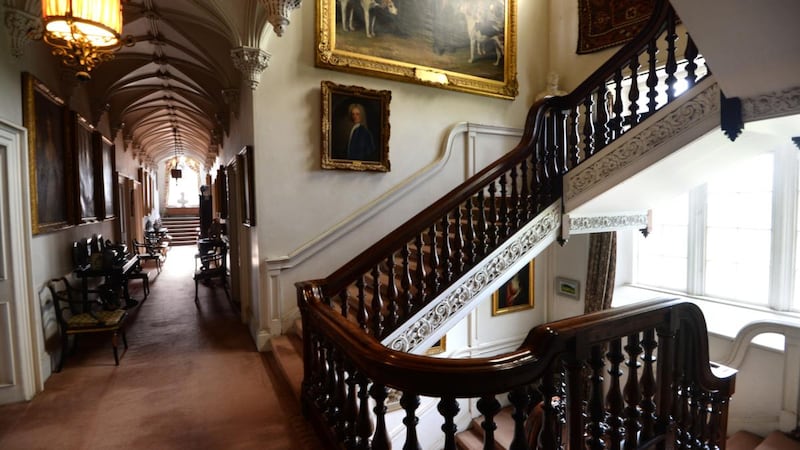
How does she balance living in a very old house with the fact we’re in modern times?
“I put up with a certain amount of discomfort,” she says. “The place is very big and very cold in winter. The kitchen is in the basement, and there is a lot of running up and down the stairs. Everything is far away. And the challenge is always maintenance, maintenance, maintenance. The roof is a constant worry. Places where the rain gets in. The windows.”
The castle is very large, and large residences infamously gobble up money, resources, maintenance. Among the lacquer boxes and chandeliers and rare books, ceilings in some of the rooms I see are peeling paint. I cannot imagine the challenge of heating the place in winter: even the “cosy” private sittingroom, with its wood-burning stove, is a very large space, complete with one ancestor’s botanical library on the shelves.
We have tried our best to keep it going for the next generation
This year marks both the 400th anniversary of the Rosses at Birr, and the 40th anniversary of the current Rosses taking up residence at the castle, after the death of Lord Rosse’s father. The large celebratory garden party had to be cancelled, but they hope to mark the joint anniversary in some other way in due course.

“We have tried our best to keep it going for the next generation,” Lady Rosse says. Their eldest son and heir, Laurence Parsons – Lord Oxmantown – is currently living in London with his wife and family. “Their plan is to come back to live here next year, and then we could perhaps move to a smaller wing and let them at it.”





















